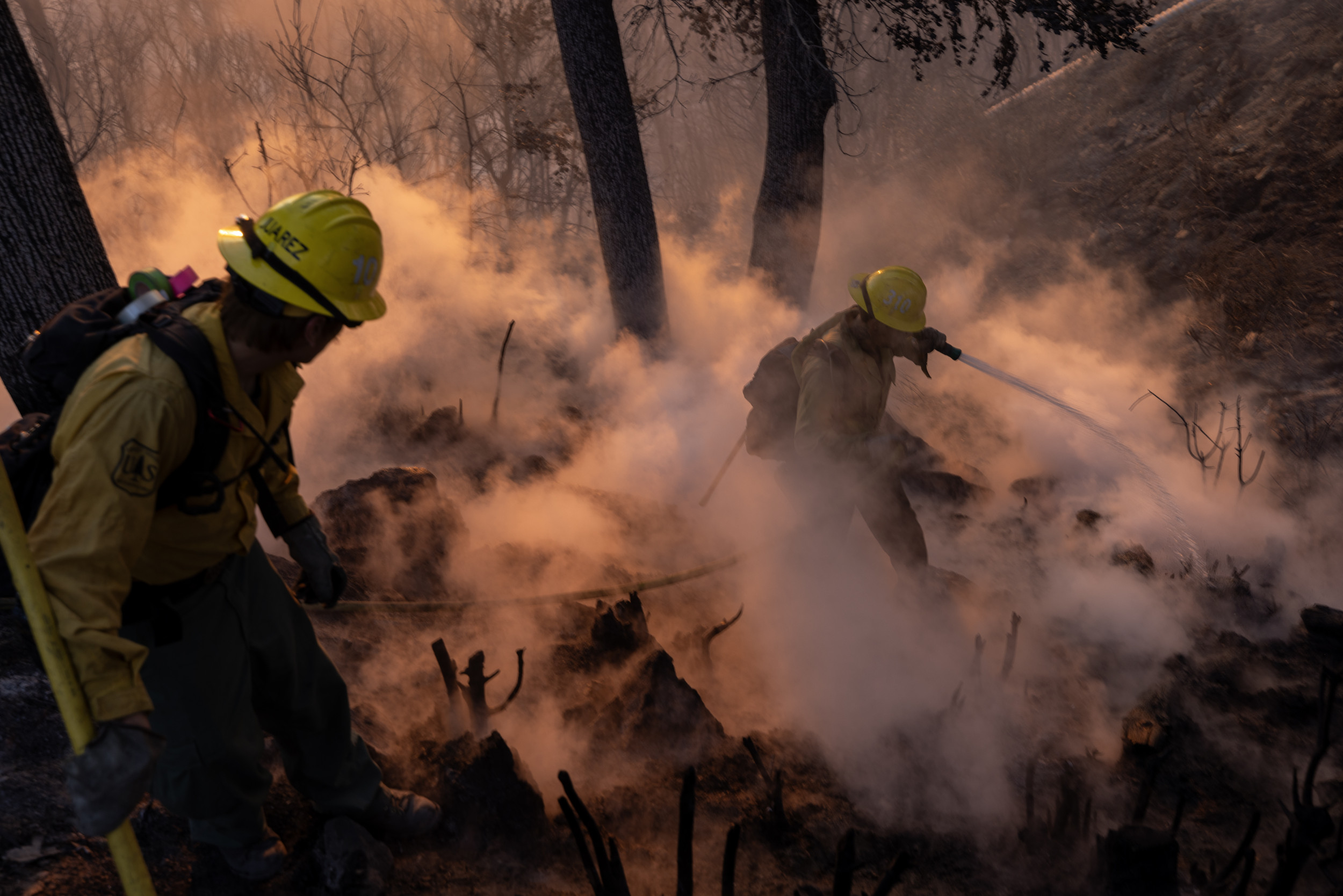National Hurricane Center (NHC) meteorologists said it is "too soon" to tell if Tropical Storm Rafael will hit the U.S. this weekend, as the weather system still has to trek through the Gulf of Mexico.
Tropical Storm Rafael formed on Monday and is expected to strengthen into a hurricane later today. It is skirting past Jamaica, and then its path will take it near the Cayman Islands as a hurricane, through northwest Cuba by Wednesday afternoon and then into the Gulf of Mexico where it will take aim at Louisiana. Tropical storm conditions are expected in the lower and middle Florida Keys by Wednesday night as the storm passes by. The biggest threats to the area will be heavy rain, strong winds and coastal flooding.
"Steady to rapid intensification is expected during the next 24 to 36 hours, and Rafael is expected to become a hurricane as it passes near the Cayman Islands with further strengthening before it makes landfall in Cuba," the NHC update said.

Should the storm make landfall in Louisiana, it will be a historic occurrence, given a tropical storm or hurricane has never made landfall in the state during the month of November. However, several environmental factors are impacting the storm's potential, including cooling ocean waters, high wind shear and Rafael's slow progression.
Strong Wind Shear
NHC spokesperson Erica Grow Cei told Newsweek that La Nina conditions are "starting to manifest in some of our midlatitude weather patterns," meaning the wind shear is increasing, which also occurs during November.
"As the storm runs into that wind shear, it becomes harder to stay stable and really cuts off potential for intensification," Grow Cei said.
The wind shear could contribute to dissolving the storm before it makes landfall in the U.S.
Tropical Storm Rafael Is Slowing Down
Originally, the NHC expected the storm to hit Louisiana by this weekend as a tropical storm, but newer forecasts show the storm slowing, Grow Cei said. Outer bands of the storm might reach U.S. land over the weekend, and Rafael may no longer be a tropical storm by early next week, but it is too soon to tell, she said.
Cooling Ocean Waters
Though Caribbean waters remain warm, ocean surface temperatures in the Gulf of Mexico are starting to cool, also posing a hurdle for the storm.
"As the storm goes north, it's running into cooler waters, one of the things going to diminish its intensity," Grow Cei said.
Whereas storms traveling through the gulf earlier in the year underwent rapid intensification, the waters are now too cold for that to happen.
Hurricane Center Monitors a Second System
Tropical Storm Rafael is the 17th named storm of the Atlantic hurricane season. It follows Tropical Storm Patty, which has now dissolved off the western coast of Portugal.
Meteorologists also are tracking another system in the southwestern Atlantic, which has a 20 percent chance of forming in the next seven days. An official path for that potential storm has yet to be released.
"An area of low pressure could develop near the northern Leeward Islands in a couple of days. Afterward, some slow development of this system is possible during the latter part of the week while it moves generally westward over the southwestern Atlantic," the most-recent NHC update said about the new system.









![[SEE IT] Joakim Noah Opens Up About Rivalry with LeBron: ‘I Had Enough’ of His ‘Arrogance’”](https://thesource.com/wp-content/uploads/2025/01/Screen-Shot-2025-01-10-at-2.57.18-PM.png)

![[WATCH] Jim Jones Sees Drake’s Legal Moves Against UMG and Spotify as ‘Power Moves’](https://thesource.com/wp-content/uploads/2025/01/Screen-Shot-2025-01-10-at-2.46.43-PM.png)








 English (US) ·
English (US) ·